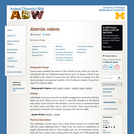
Asterias vulgaris: Information
- Subject:
- Life Science
- Zoology
- Material Type:
- Reading
- Provider:
- University of Michigan Museum of Zoology
- Provider Set:
- Animal Diversity Web
- Author:
- Cheryl Lewis (author), Southwestern University
- Date Added:
- 03/07/2005

Asterias vulgaris: Information
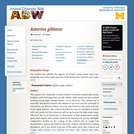
Asterina gibbosa: Information
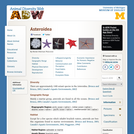
Asteroidea: Information
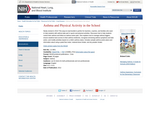
Newly revised in 2012! This easy-to-read booklet is perfect for teachers, coaches, and families who want to help students with asthma take part in sports and physical activities. Discusses how to help students control their asthma and follow an asthma action plan. Also explains how to manage asthma triggers, ensure students have access to their asthma medicines, recognize worsening asthma symptoms and take action, and modify activities based on a childÂs asthma status. Includes sample asthma action plans and information about using a peak flow meter, metered-dose inhaler, and dry powder inhaler.

This is a page on the Fast Plants website, describing the AstroPlants variety of Fast Plants (Brassica rapa). This page includes suggestions for investigations and teaching applications using this seed variety.

What do astronauts do when they need a sugar fix? Reach for the candy bag or, as they're labeled aboard the International Space Station (ISS), "candy coated chocolates."
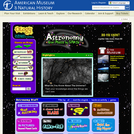
This reference list has 11 kid-friendly books on a wide range of astronomy topics. For each title, the publisher and publication date are included along with author name.
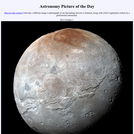
This site shows daily (back to June 16, 1995) a different image or photograph of the universe along with a brief explanation written by a professional astronomer.
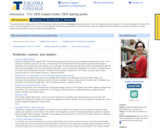
This guide compiles starting points for OER and freely available resources for Astronomy courses and topics. This OER subject guide was created for TCC faculty and staff and reflects TCC credit, continuing education, and corrections course offerings. The purpose of this guide is to help faculty and staff more easily find and review OER in their areas so that they can make decisions about quality, accuracy, relevancy, and potential use.
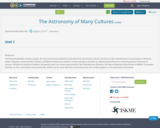
This downloadeable resource guide, for instructors and students in introductory astronomy courses, focuses on the contributions to astronomy of African, Asian, Hispanic, South Pacific, Islamic, and Native American cultures. It also contains a section on reports and articles for achieving greater diversity in science. Written by Andrew Fraknoi, the guide is part of a series sponsored by the Heliophysics Forum of the Space Missions Directorate at NASA. It includes written, on-line, and audio-visual materials, which can be used directly in the classroom, for student papers, or for personal enrichment.

This is an information sheet on the species, Astronotus ocellatus, provided by the University of Michigan Museum of Zoology.

Asturina nitida: Information

ePub version of text As you Like it by William Shakepeare, 1564-1616.

This Readers Theater script includes parts for 8-9 students. It is based on the Feature Story, At Home in the Cold and discusses various adaptations that allow animals to survive in the cold oceans of the Arctic and Antarctica. The script was written for students in grades 4-5.

This script for choral reading was written to be used with two groups of students. The script is based on the Feature Story, At Home in the Cold and discusses various adaptations that allow animals to survive in the cold oceans of the Arctic and Antarctica. The script is appropriate for use with students in grades K-1.

This informational text explores adaptations that allow penguins, whales, walruses, seals, and fish to live in the cold water of the Arctic and Southern Oceans. The text is at reading level appropriate for students in second through third grade. It is a PDF file that contains text as well as a glossary.

This informational text explores adaptations that allow penguins, whales, walruses, seals, and fish to live in the cold water of the Arctic and Southern Oceans. The text is at reading level appropriate for students in fourth through fifth grade. It is a PDF file that contains the text as well as a glossary.

This informational text explores adaptations that allow penguins, whales, walruses, seals, and fish to live in the cold water of the Arctic and Southern Oceans. The text is at reading level appropriate for students in Kindergarten through first grade. It is a PDF file that contains the text as well as a glossary.

This Readers Theater script includes parts for 11 students. It is based on the Feature Story, At Home in the Cold and discusses various adaptations that allow animals to survive in the cold oceans of the Arctic and Antarctica. It is designed for use with students in grades 2-3.
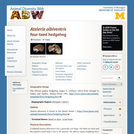
Atelerix albiventris: Information